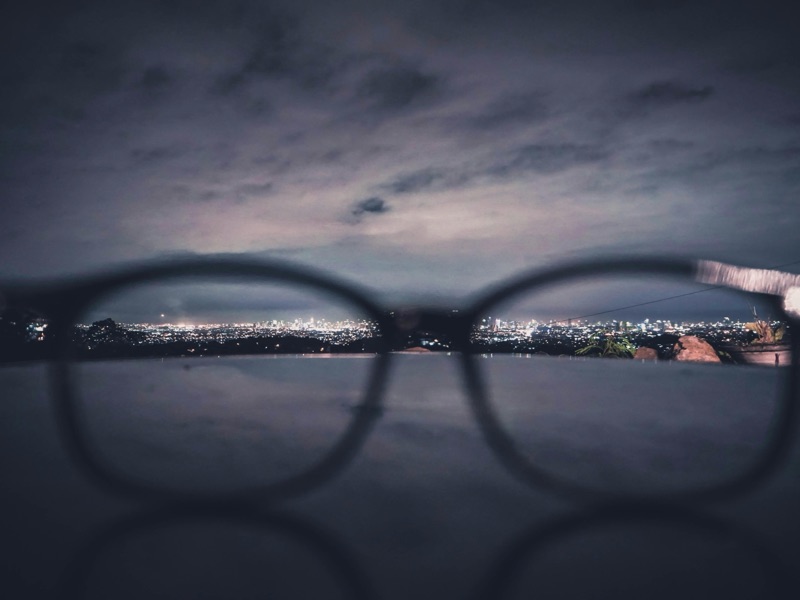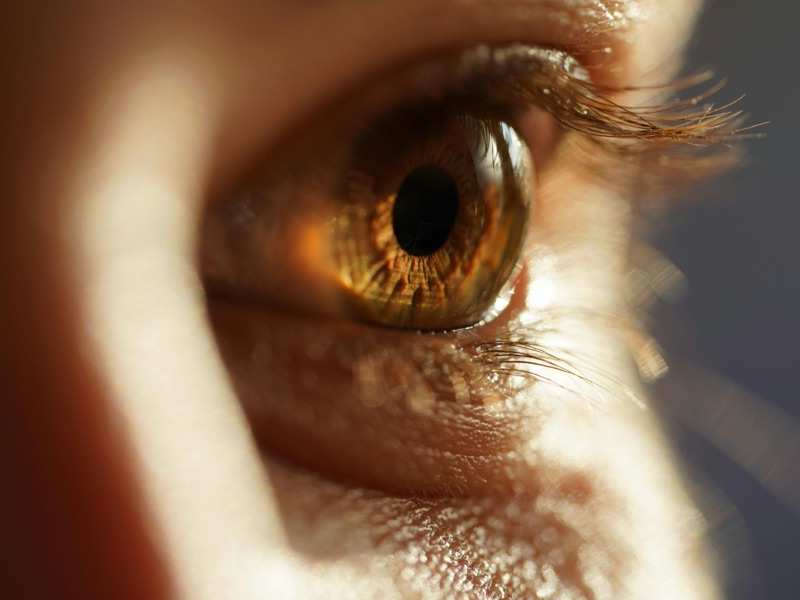In the age of smartphones, tablets, laptops, and e-readers, it’s hard to imagine a waking moment spent without a screen. From early-morning news scrolls to late-night binge watching, digital devices have become an integral part of modern life. But with this convenience comes a growing concern: are these screens ruining our eyesight?
In this article, we’ll explore the current scientific understanding of how screen use affects eye health. We’ll separate myth from fact and examine what researchers know about the relationship between digital screens and visual strain, eye growth (especially in children), and long-term vision health.
The Rise of Screen Time and Its Implications
Globally, people now spend an average of over 7 hours per day in front of screens, according to Statista and other digital usage surveys. This includes everything from work-related computer use to recreational time spent on phones or TVs.
This increase in screen time has coincided with a noticeable uptick in reports of visual discomfort, dry eyes, and even diagnoses of myopia (nearsightedness). But correlation doesn’t necessarily mean causation—so what does science actually say?

Myth 1: “Screens permanently damage your eyes.”
Debunked: There is currently no evidence to suggest that screen use causes permanent eye damage in adults.
The Science:
What people often interpret as damage is more accurately described as Digital Eye Strain (DES), also known as Computer Vision Syndrome (CVS). According to the American Optometric Association, DES encompasses a range of temporary symptoms that include:
- Eye fatigue
- Blurred vision
- Headaches
- Dry eyes
- Neck and shoulder pain
These symptoms are largely the result of prolonged focus on near objects, improper lighting, poor posture, and reduced blinking—not the screen itself emitting harmful radiation or altering eye structures.
Key Studies:
- Sheppard & Wolffsohn (2018): Found that up to 90% of digital screen users report symptoms of DES, especially with prolonged use.
- Rosenfield (2016): Noted that blink rates can drop by up to 60% during screen use, contributing to dryness and irritation.
These issues are typically reversible with changes in screen use habits, proper ergonomics, and frequent breaks.

Myth 2: “Blue light from screens causes blindness or retinal damage.”
Debunked: While blue light can affect sleep patterns, there is no evidence that it causes eye disease or blindness from normal screen use.
The Science:
Blue light is part of the visible light spectrum. Concerns about its impact came from early studies on blue light-induced phototoxicity, but these involved light intensities far greater than those emitted by screens.
Research Review:
- Behar-Cohen et al. (2011): High-energy blue light can cause retinal damage in animal models under extreme conditions, but consumer devices do not emit this intensity.
- American Academy of Ophthalmology (AAO): As of 2024, AAO states that “blue light from computer screens is not known to cause damage to the eye.”
That said, blue light can suppress melatonin production, interfering with sleep. This is why many devices now offer “night mode” or warm light filters after dark—not to protect your eyes from damage, but to help regulate circadian rhythm.
The Myopia Epidemic: A Real Concern
While adult eye health isn’t being destroyed by screens, children and teens present a different concern—not because of screens themselves, but because of prolonged near work and lack of time outdoors.
The Science:
- Myopia (nearsightedness) has been rising dramatically worldwide, especially in East Asia. In some regions, up to 80–90% of teenagers are now nearsighted.
- Multiple studies have linked myopia progression not just to screen use, but to any prolonged near work, including reading.
Key Study:
- Rose et al. (2008): Found that children who spent more time outdoors had significantly lower rates of myopia, even if they spent similar amounts of time on near work.
- Wu et al. (2013): Showed that schools which increased outdoor time reduced the incidence of myopia.
This suggests it’s not screens per se—but a lifestyle of indoor, near-focused activity with little distance vision stimulation and natural light exposure—that contributes to myopia.

How to Protect Your Eyes in a Digital World
1. Follow the 20-20-20 Rule
Every 20 minutes, look at something 20 feet away for at least 20 seconds. This gives your eye muscles a break from focusing up close.
2. Increase Blink Rate
Conscious blinking or using artificial tears can reduce the dryness associated with reduced blink rates during screen use.
3. Use Proper Ergonomics
Position screens so they are 20–28 inches away and 15–20 degrees below eye level. Good lighting and posture reduce strain.
4. Spend Time Outdoors
Especially important for children, outdoor activity helps regulate eye growth and reduce myopia risk.
5. Blue Light Filters for Night Use
Use night mode in the evenings to help regulate sleep, not to “protect” from retinal damage.

Conclusion: Should You Be Worried?
For adults, there is no solid scientific evidence that screens cause permanent eye damage. The discomfort many feel is real but temporary and preventable with good habits. For children, prolonged close-up screen use combined with a sedentary, indoor lifestyle can contribute to the development of myopia—but the solution lies more in lifestyle balance than screen avoidance alone.
Rather than demonizing screens, we need to approach their use wisely: foster breaks, encourage outdoor time, and ensure ergonomic setups. As our reliance on digital technology continues to grow, so too should our awareness of how to coexist with it healthily.
Sources and Further Reading:
- American Academy of Ophthalmology. (2023). Blue Light and Your Eyes.
- Rosenfield, M. (2016). Computer vision syndrome: a review of ocular causes and potential treatments. Ophthalmic and Physiological Optics.
- Sheppard, A. L., & Wolffsohn, J. S. (2018). Digital eye strain: prevalence, measurement and amelioration. BMJ Open Ophthalmology.
- Rose, K. A., et al. (2008). Outdoor activity reduces the prevalence of myopia in children. Ophthalmology.
- Wu, P.-C., et al. (2013). Outdoor activity during class recess reduces myopia onset and progression in school children.
Author’s Note: As digital technology becomes further embedded in our lives, education and healthy habits—not fear—are our best tools to protect vision in the long term.